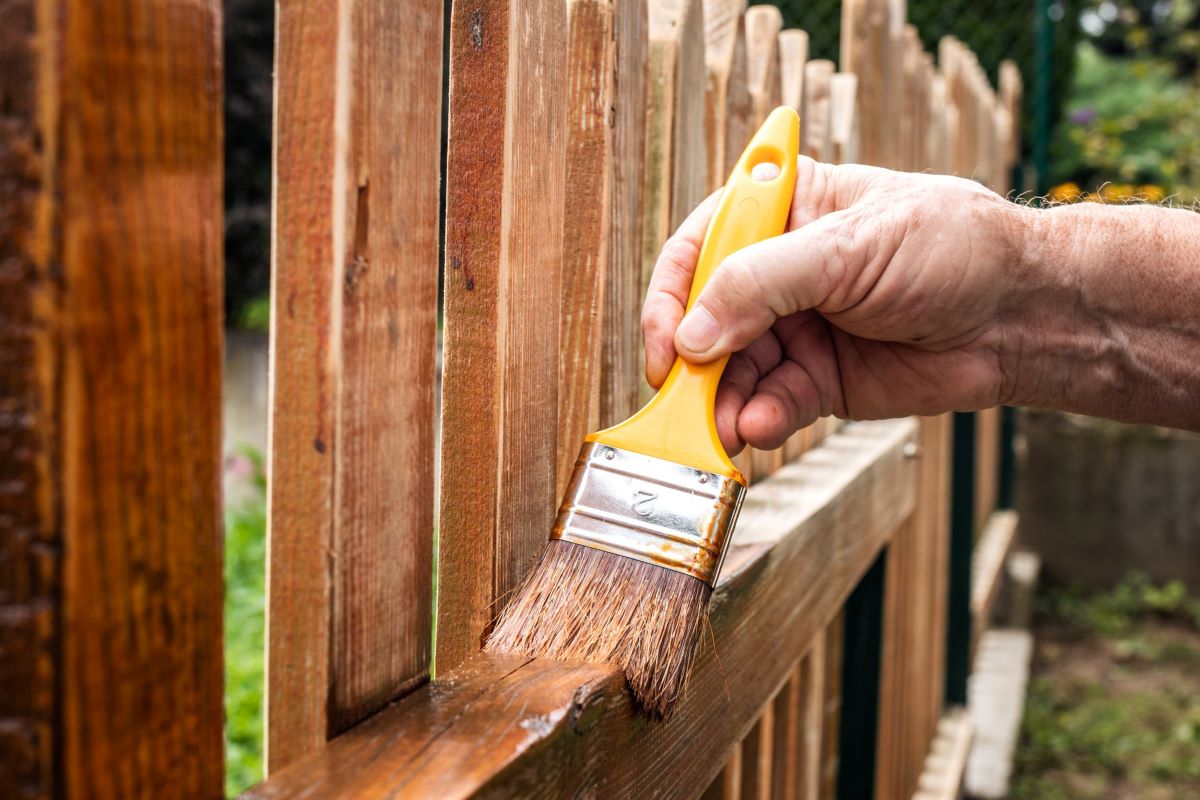

Articles
How To Maintain A Wood Fence
Modified: December 7, 2023
Learn the best tips and tricks to maintain your wood fence in our informative articles. Keep your fence looking great and lasting for years.
(Many of the links in this article redirect to a specific reviewed product. Your purchase of these products through affiliate links helps to generate commission for Storables.com, at no extra cost. Learn more)
Introduction
Wood fences are not only functional but also add a touch of natural beauty to any outdoor space. However, like any exterior feature, they are exposed to the elements and require regular maintenance to ensure their longevity. By following a few simple maintenance steps, you can keep your wood fence looking its best and extend its lifespan.
In this article, we will provide you with a comprehensive guide on how to maintain a wood fence. We will cover topics like regular cleaning, inspection and repair, applying protective coatings, preventing moisture damage, handling pest infestation, and establishing a regular maintenance schedule. By implementing these strategies, you can keep your wood fence in top shape and enjoy all its benefits for years to come.
Key Takeaways:
- Regular cleaning, inspection, and repair are essential for maintaining a wood fence. Applying protective coatings and preventing moisture damage are crucial to prolong its lifespan. Establishing a regular maintenance schedule is key to preserving its beauty and functionality.
- Vigilance in handling pest infestation and proactive preventive measures are vital for protecting a wood fence. By following a comprehensive maintenance guide, you can ensure the longevity and structural integrity of your fence for years to come.
Read more: How To Replace Wood Fence
Step 1: Regular Cleaning
Regular cleaning is an essential step in maintaining a wood fence. Over time, dirt, dust, and debris can accumulate on the surface of the fence, making it lose its natural charm and attractiveness. To keep your wood fence clean and looking its best, follow these simple steps:
- Remove loose debris: Start by using a broom or a brush to remove any loose debris such as leaves, twigs, or cobwebs from the surface of the fence. This will make the cleaning process easier and prevent scratching the wood.
- Prepare a cleaning solution: Mix a mild detergent with warm water in a bucket. Avoid using harsh chemicals or bleach, as they can damage the wood and discolor it.
- Scrub the fence: Dip a soft-bristled brush or sponge into the cleaning solution and gently scrub the wood fence. Pay close attention to any areas with stubborn stains or dirt buildup. You can also use a pressure washer on a low setting, but be careful not to apply too much pressure, as it can cause damage to the wood.
- Rinse with water: After scrubbing the fence, rinse it thoroughly with clean water to remove any soap residue. This will prevent the buildup of sticky residue and help maintain the wood’s natural color.
- Dry the fence: Allow the fence to air dry completely. Avoid direct sunlight if possible, as it can cause the wood to warp or crack. Once dry, your wood fence will look clean and refreshed.
By incorporating regular cleaning into your maintenance routine, you can remove dirt, grime, and mold from your wood fence, improving its appearance and ensuring its longevity. Aim to clean your fence at least once a year or more often if it is exposed to heavy dirt or pollutants.
Step 2: Inspection and Repair
An important aspect of maintaining a wood fence is conducting regular inspections to identify any signs of damage or wear. This allows you to address issues promptly and prevent further damage. Follow these steps to inspect and repair your wood fence:
- Check for loose or damaged boards: Carefully examine each board on your fence to identify any signs of loosening or damage. Look for split or cracked boards, loose nails, or any other structural issues that need attention.
- Tighten loose components: If you find any loose boards or hardware, tighten them using screws or nails. This will ensure the fence remains sturdy and secure.
- Replace damaged boards: If you come across any severely damaged boards, it is best to replace them. Measure the dimensions of the damaged board and purchase a new one of the same size and type of wood. Remove the damaged board and install the new one, making sure it is securely in place.
- Inspect posts and supports: Check the posts and supports of your fence to ensure they are still sturdy and in good condition. Look for signs of rot, insect infestation, or decay. If you notice any issues, consider reinforcing the affected area or replacing the post or support entirely.
- Repair small cracks or splits: Use a wood filler or epoxy resin to repair minor cracks or splits in the wood. Apply the filler according to the manufacturer’s instructions and allow it to dry completely before sanding and painting or staining the repaired area.
Regularly inspecting and repairing your wood fence will not only prevent further damage but also prolong its lifespan. By addressing any issues early on, you can maintain the structural integrity and aesthetic appeal of your fence for years to come.
Step 3: Applying Protective Coatings
Applying protective coatings to your wood fence is an effective way to shield it from the elements and prolong its lifespan. Coatings can provide a barrier against moisture, UV rays, and other environmental factors that can cause damage or deterioration. Follow these steps to apply protective coatings to your wood fence:
- Clean the fence: Before applying any coatings, make sure the fence is clean and free of debris. Use a mild detergent and water solution to remove any dirt or grime. Allow the fence to dry completely.
- Sand the surface: Use sandpaper or a sanding sponge to smooth out any rough areas or splinters on the fence. Sanding will create a clean and even surface for the coating to adhere to.
- Choose the coating: Select a suitable coating for your wood fence, such as a clear sealant, wood stain, or paint. Consider factors like protection level, desired appearance, and maintenance requirements.
- Apply the coating: Follow the manufacturer’s instructions for applying the chosen coating. Use a brush, roller, or sprayer to evenly distribute the coating on the surface of the fence. Apply multiple thin coats, allowing sufficient drying time between each coat.
- Pay attention to the edges and corners: Ensure that you coat all edges and corners of the fence to provide complete protection. These areas are susceptible to moisture penetration and should be adequately sealed.
- Allow for proper drying and curing: After applying the coating, allow it to dry and cure according to the manufacturer’s instructions. This will ensure that the coating effectively protects the wood and enhances its appearance.
Regularly applying protective coatings to your wood fence will help maintain its beauty and durability over time. The type of coating you choose will depend on your preferences and the level of protection your fence needs. Remember to reapply the coating as recommended by the manufacturer to ensure continued protection.
Regularly inspect your wood fence for signs of damage, such as rot or insect infestation. Repair any issues promptly to prevent further damage and maintain the fence’s integrity.
Step 4: Preventing Moisture Damage
Moisture is one of the biggest threats to the longevity of a wood fence. Constant exposure to rain, snow, and humidity can cause the wood to warp, rot, or develop mold and mildew. Taking proactive steps to prevent moisture damage is crucial. Follow these strategies to protect your wood fence from moisture:
- Provide proper drainage: Ensure that the soil around your fence is properly sloped to allow water to drain away from the base. This will prevent excess moisture from pooling around the fence, leading to rot or mold growth.
- Seal the wood: Apply a waterproof sealant to the wood fence, focusing on areas where moisture is likely to penetrate, such as the end grains. A sealant will create a protective barrier and repel water, preventing it from seeping into the wood.
- Avoid direct contact with the ground: Keep the bottom of the fence off the ground by installing a concrete footer or using pressure-treated lumber for the fence posts. This will prevent moisture absorption from the soil and minimize the risk of rot.
- Maintain proper spacing between boards: Ensure that there is sufficient spacing between the boards of your fence to allow for adequate airflow. This will help the wood dry faster after rain or humidity, reducing the likelihood of moisture-related issues.
- Trim nearby vegetation: Trim back any bushes, plants, or trees near the fence to prevent them from touching or rubbing against it. Vegetation can trap moisture against the wood and promote rot or mold growth.
- Regularly clean gutters and downspouts: Properly functioning gutters and downspouts will direct rainwater away from your fence. Regularly clean them to avoid clogs or blockages that could cause water to overflow and saturate the fence.
By implementing these preventive measures, you can minimize the risks of moisture damage and keep your wood fence in excellent condition. Regular maintenance and vigilance are key in preserving the integrity and beauty of your fence for years to come.
Read more: How To Repair Wood Fence
Step 5: Handling Pest Infestation
Pests can wreak havoc on a wood fence, causing damage and compromising its structural stability. Termites, carpenter ants, and wood-boring beetles are some common pests that can infest wooden structures. To protect your fence from pest infestation and address any existing issues, follow these steps:
- Perform regular inspections: Regularly inspect your wood fence for signs of pest activity. Look for small holes, termite tubes, sawdust, or any other indications of infestation. Early detection is crucial in preventing extensive damage.
- Consult a professional: If you suspect a pest infestation or notice significant damage, it is advisable to consult a professional pest control expert. They can identify the type of pest and recommend appropriate treatment options.
- Treat existing infestations: If you discover an active pest infestation, work with a pest control professional to eliminate the pests and treat the affected areas. This may involve using insecticides, fumigation, or other targeted treatments.
- Repair damaged areas: After the pests have been eradicated, repair any damaged sections of the fence. Replace any compromised wood and reinforce the affected areas to prevent further infestations.
- Prevent future infestations: Take preventive measures to avoid future pest problems. This can include treating the wood with termite-resistant products or regularly inspecting the fence for signs of pests.
- Maintain a pest-free environment: Keep the area around your fence clean and free from debris, as clutter can attract pests. Remove any dead wood or decaying vegetation that may serve as a breeding ground for pests.
By being vigilant and proactive in addressing pest infestations, you can protect your wood fence from serious damage. Regular inspections, professional assistance when needed, and preventive measures are the key to keeping your fence pest-free.
Step 6: Regular Maintenance Schedule
Establishing a regular maintenance schedule for your wood fence is vital to keep it in optimal condition year-round. By following a consistent maintenance routine, you can address minor issues before they escalate and ensure the long-term durability and beauty of your fence. Here are some guidelines for creating a regular maintenance schedule:
- Cleaning: Plan to clean your wood fence at least once a year or more frequently if needed. Remove debris, dirt, and grime using a mild detergent and water solution. Regular cleaning helps maintain the appearance and prevents dirt buildup, making your fence more resistant to damage.
- Inspection: Conduct a thorough inspection of your wood fence at least twice a year. Check for any signs of damage, rot, loose boards, or pest infestation. Address any issues promptly to prevent further damage or structural instability.
- Coating maintenance: Protect your wood fence by applying a fresh coat of protective coating as needed. The frequency of reapplication will depend on the type of coating used and the manufacturer’s recommendations. Generally, wood stains may need to be reapplied every 2-3 years, while clear sealants may require annual touch-ups.
- Moisture prevention: Regularly inspect the area around your fence for any drainage issues or vegetation encroachment. Address any soil grading or landscaping issues that may lead to excessive moisture exposure. Clear gutters and downspouts to prevent water overflow onto the fence.
- Pest prevention: Keep an eye out for any signs of pest activity such as small holes, sawdust, or termite tubes. Take preventive measures to protect your fence, including treating the wood with termite-resistant products and keeping the surrounding area pest-free.
- Routine repairs: Address any necessary repairs promptly to maintain the structural integrity of your fence. Replace damaged boards, tighten loose components, and reinforce any weak areas. Regularly inspect fence posts, as they can be particularly vulnerable to damage.
By creating a regular maintenance schedule and sticking to it, you can proactively care for your wood fence and prevent major issues from arising. Remember, proper maintenance is key to ensuring the longevity and beauty of your fence, allowing you to enjoy its benefits for many years to come.
Conclusion
Maintaining a wood fence requires regular care and attention, but the effort is well worth it in order to preserve its beauty and functionality. By following the steps outlined in this guide, you can keep your wood fence in excellent condition and extend its lifespan.
Start by incorporating regular cleaning into your maintenance routine, removing loose debris and using a gentle cleaning solution to keep your fence looking its best. Conduct regular inspections to identify any signs of damage or wear, and address issues promptly to prevent further deterioration.
Applying protective coatings to your wood fence is essential to shield it against the elements. Choose the right coating for your specific needs and follow the manufacturer’s instructions for application and maintenance. This will help protect your fence from moisture damage, UV rays, and other environmental factors.
Take steps to prevent moisture damage by maintaining proper drainage, sealing the wood, and avoiding direct contact with the ground. Regularly inspect for signs of pests and take immediate action if you detect any infestation. By following preventive measures and maintaining a pest-free environment, you can safeguard your wood fence from pest-related damage.
Establishing a regular maintenance schedule is crucial for the long-term health of your wood fence. Plan for regular cleaning, inspections, coating maintenance, moisture prevention, pest prevention, and routine repairs. By staying proactive and addressing maintenance tasks regularly, you can extend the lifespan of your fence and enjoy its beauty and functionality for many years.
Remember, proper wood fence maintenance not only enhances its appearance but also ensures its structural integrity and durability. With care and regular attention, your wood fence will continue to be a valuable asset to your outdoor space for years to come.
Frequently Asked Questions about How To Maintain A Wood Fence
Was this page helpful?
At Storables.com, we guarantee accurate and reliable information. Our content, validated by Expert Board Contributors, is crafted following stringent Editorial Policies. We're committed to providing you with well-researched, expert-backed insights for all your informational needs.
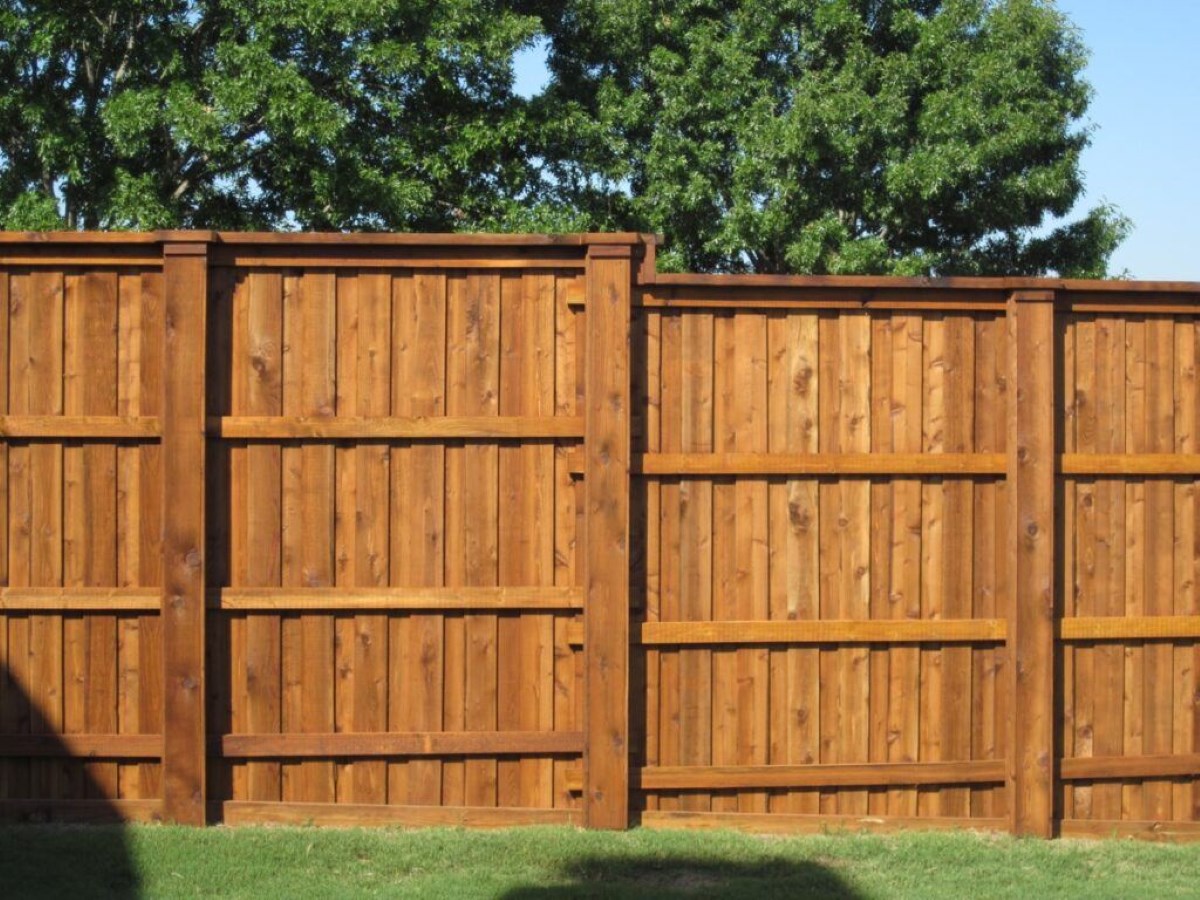
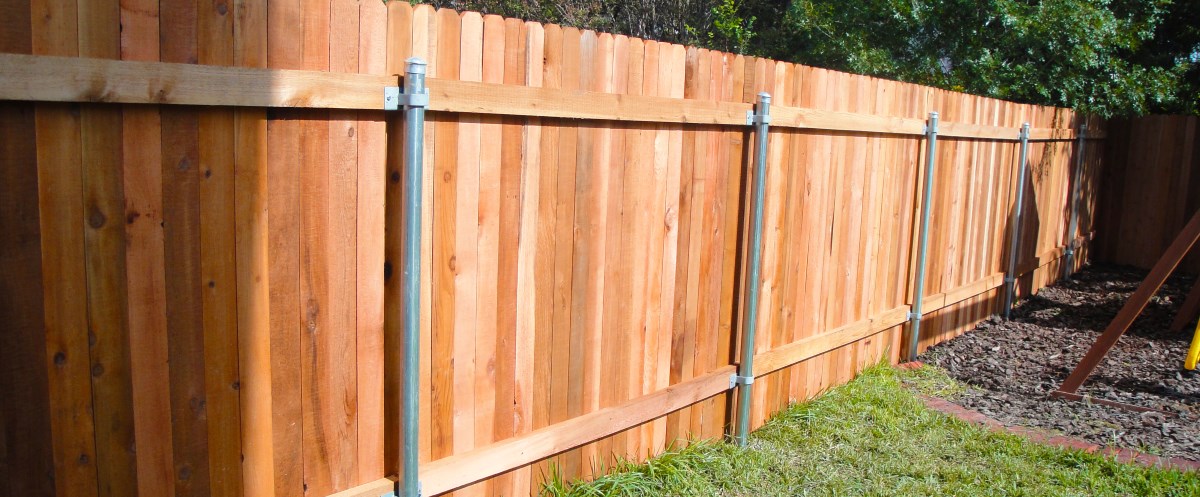
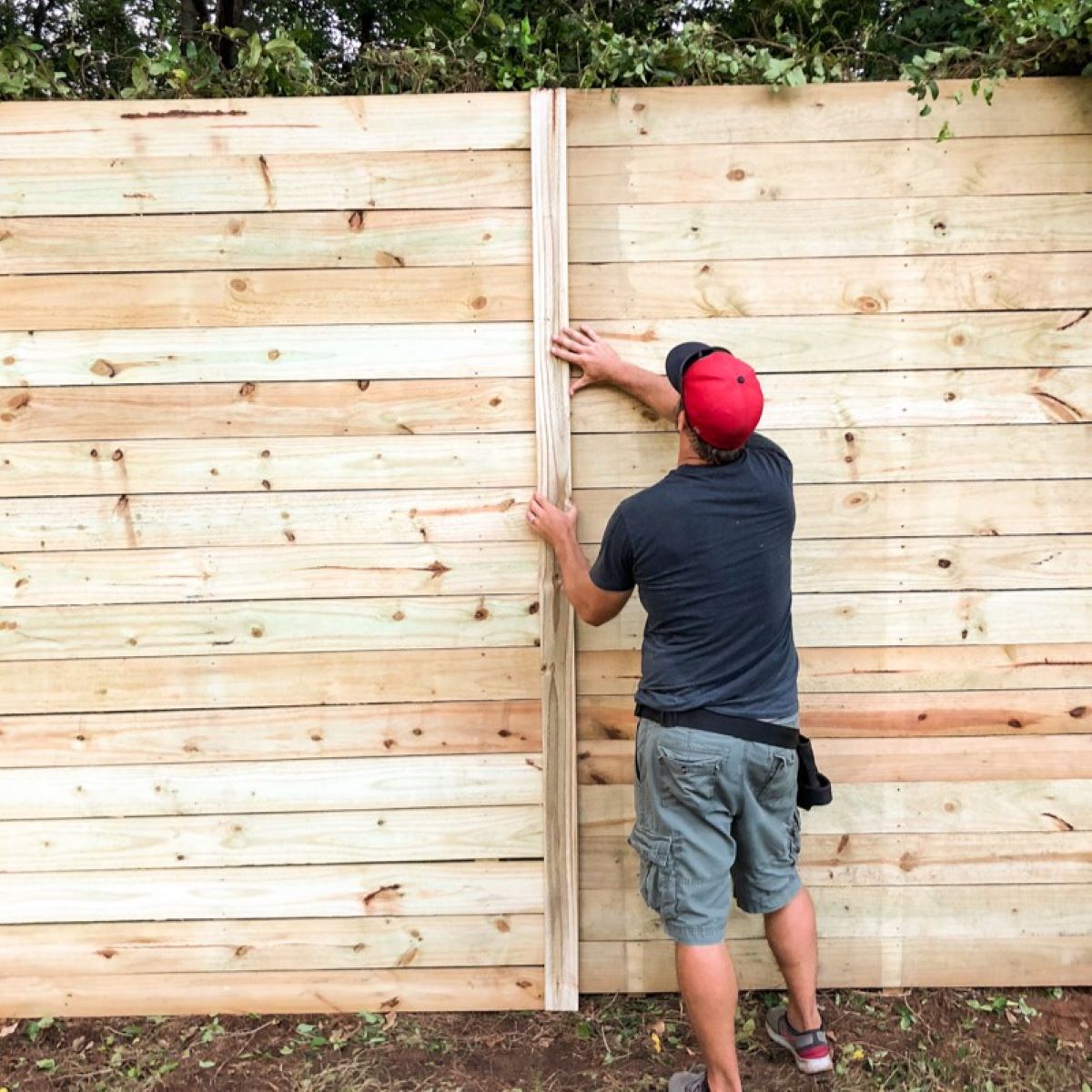
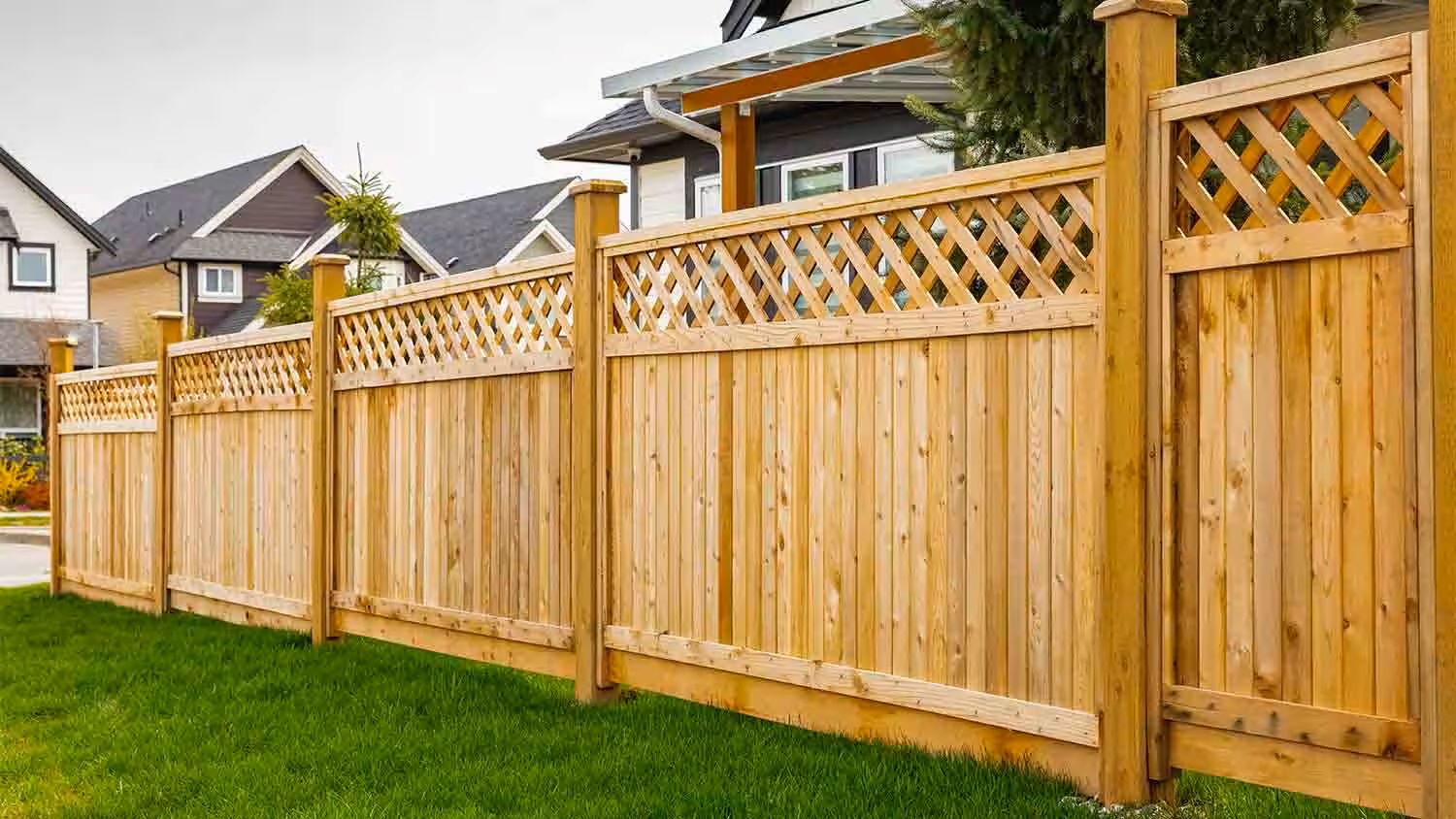
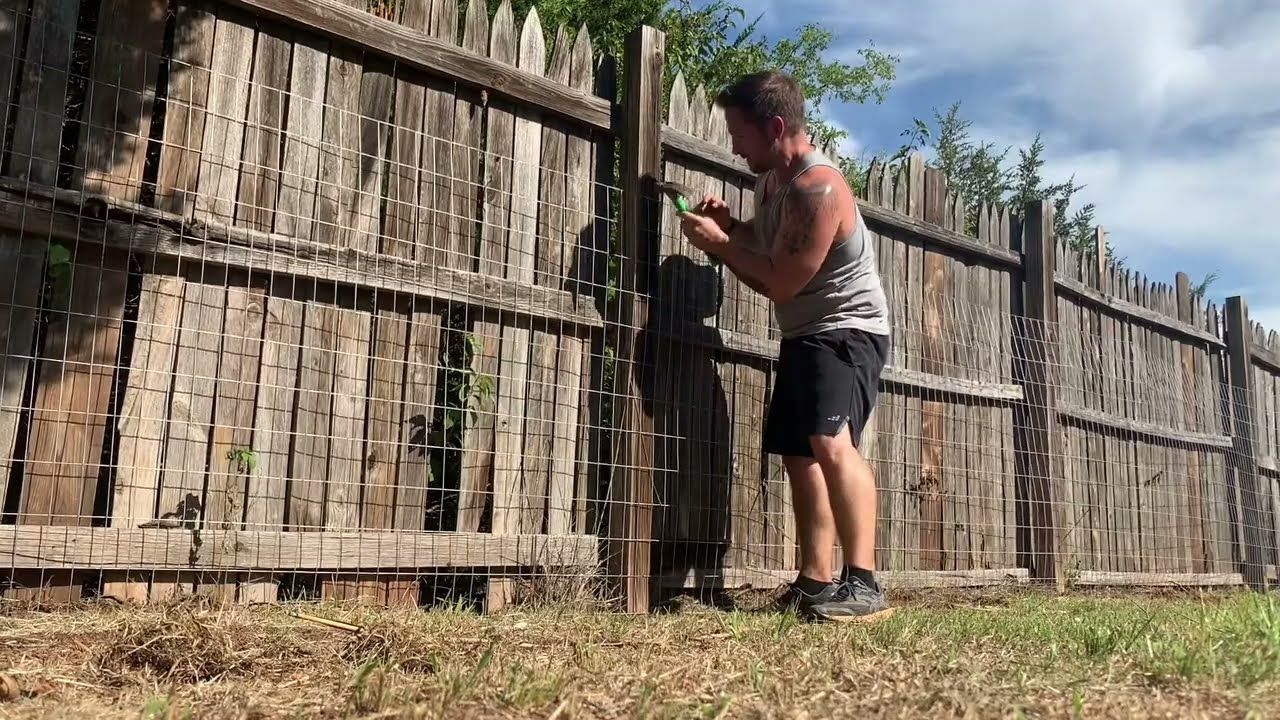
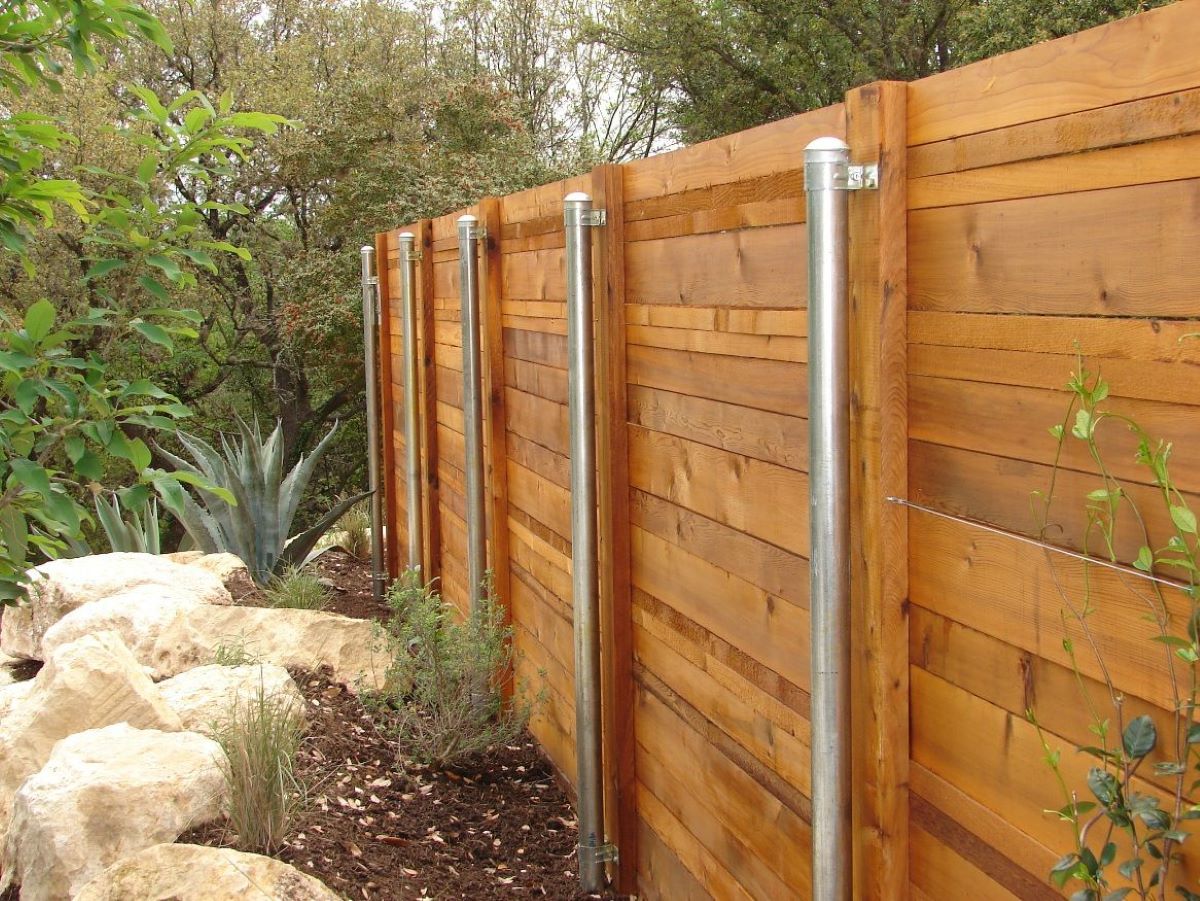

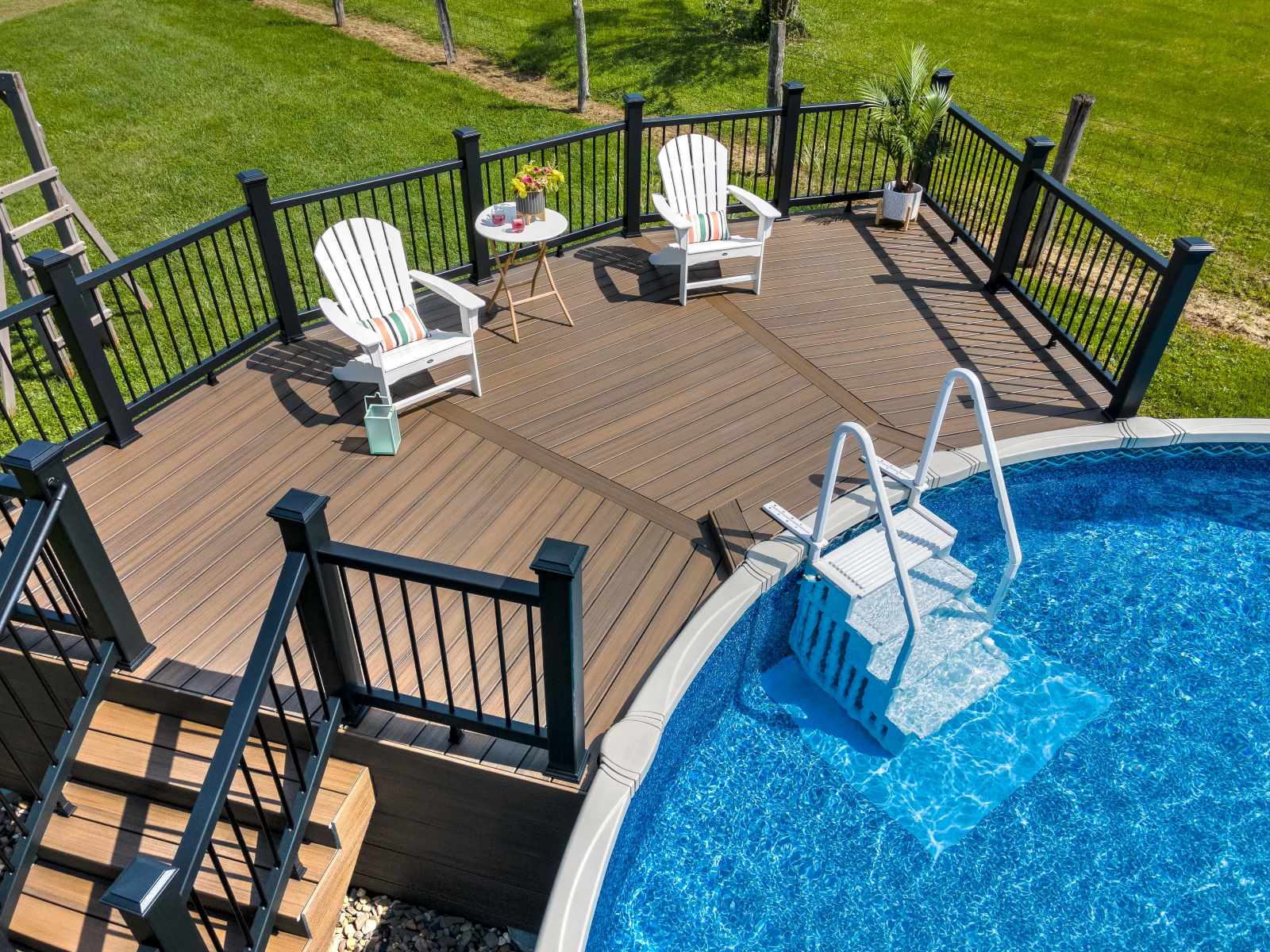
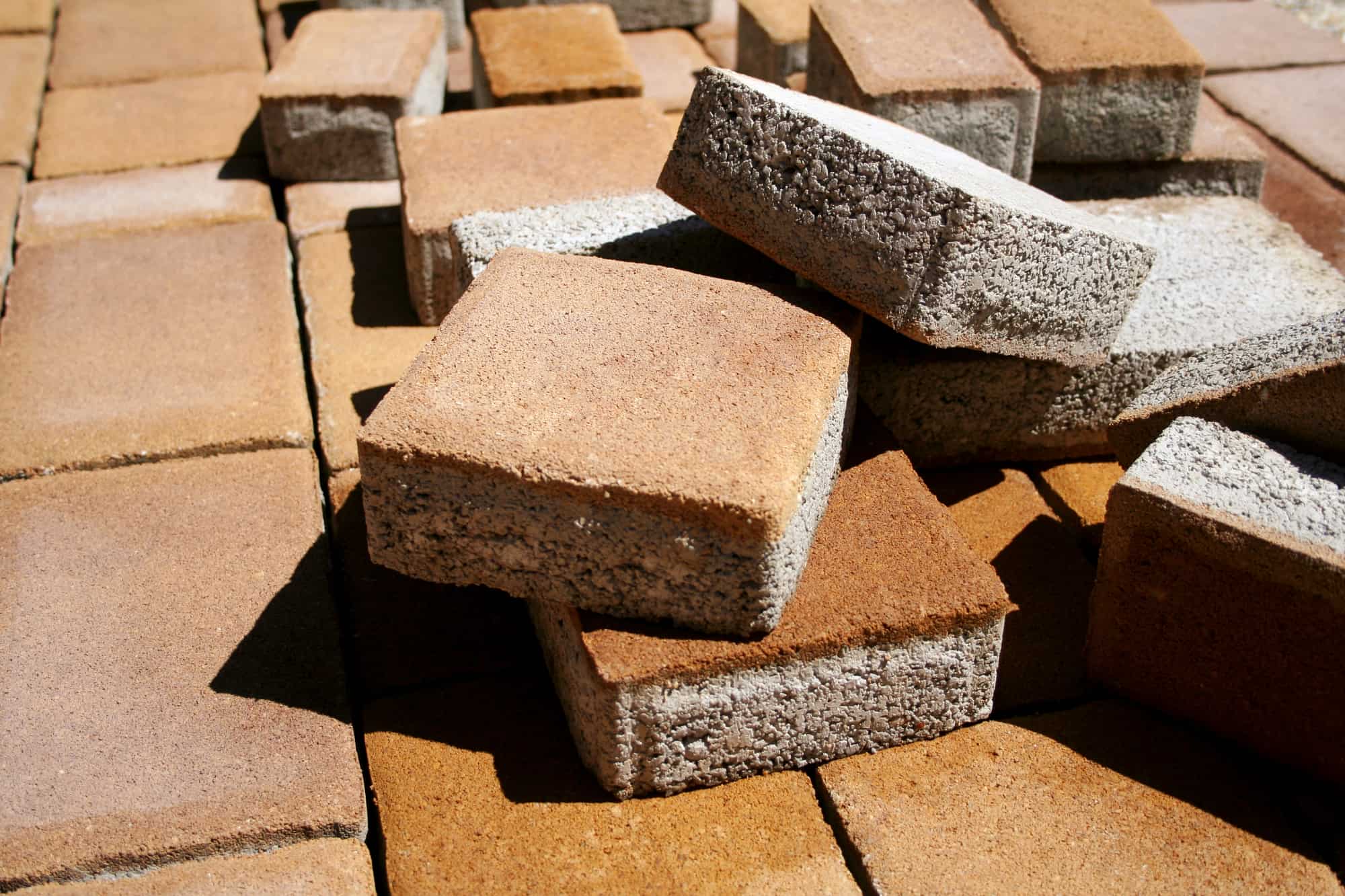


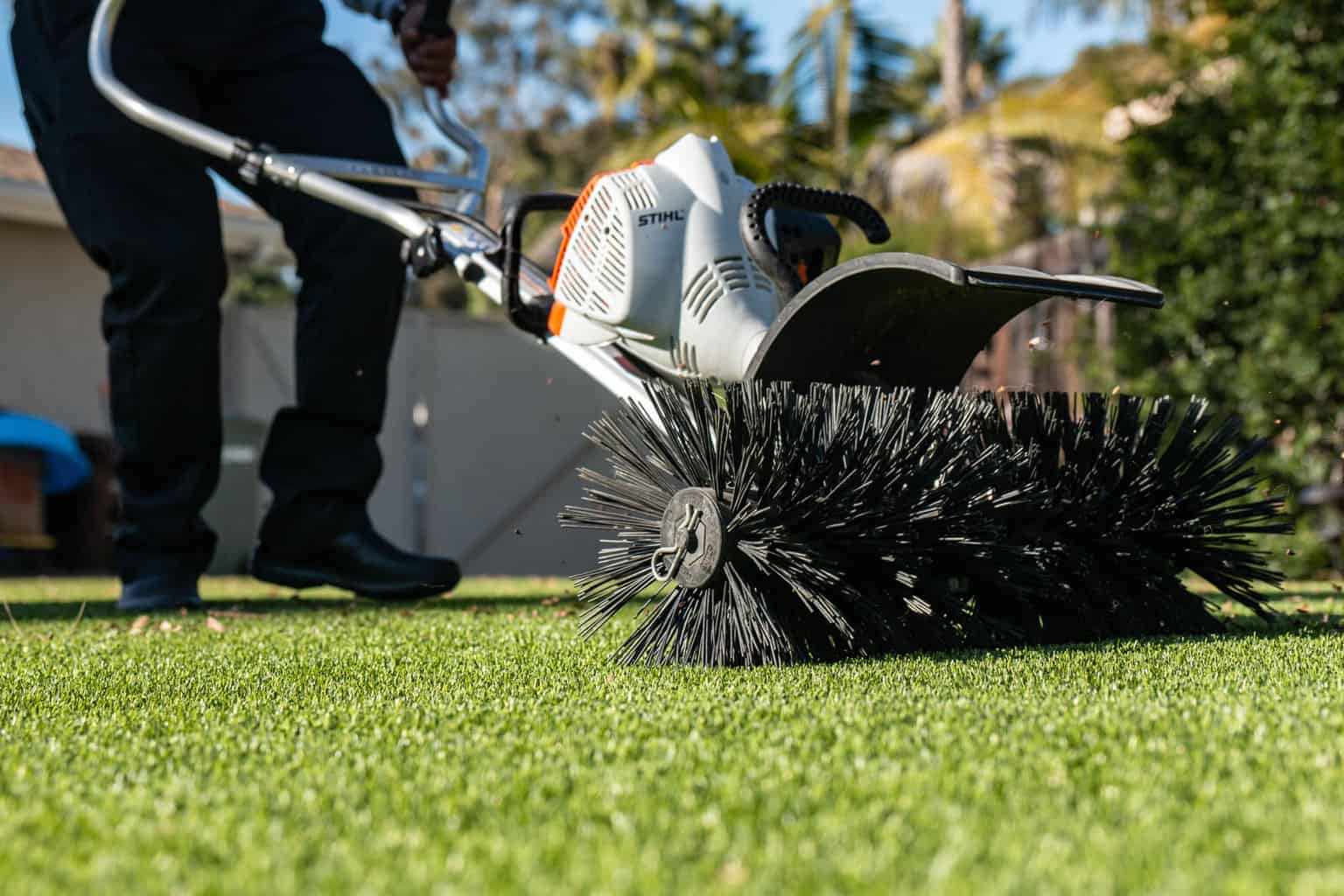



0 thoughts on “How To Maintain A Wood Fence”